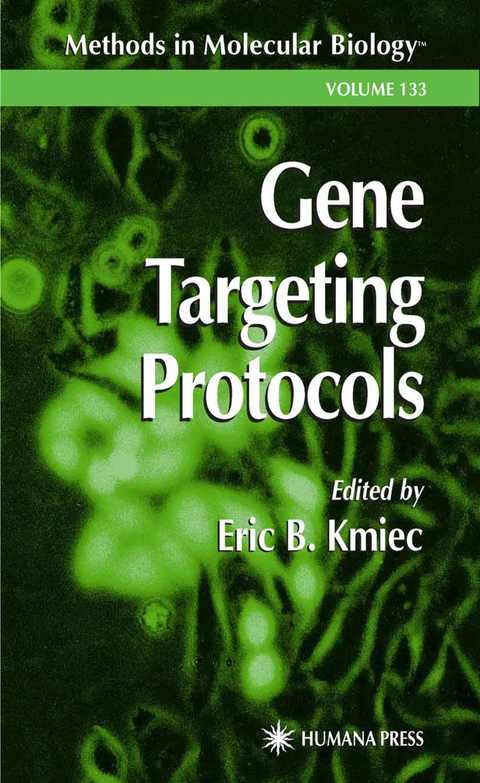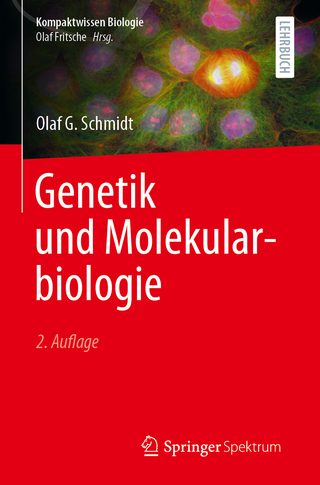
Gene Targeting Protocols
Humana Press Inc. (Verlag)
978-1-4899-4158-9 (ISBN)
Nucleic Acid Transfer Using Cationic Lipids.- Optimizing Polyethylenimine-Based Gene Transfer into Mammalian Brain for Analysis of Promoter Regulation and Protein Function.- Gene Transfer and Drug Delivery by Electronic Pulse Delivery.- Strategies for Improving the Frequency and Assessment of Homologous Recombination.- Effective Gene Transfer Using Viral Vectors Based on SV40.- Rapid Generation of Isogenic Mammalian Cell Lines Expressing Recombinant Transgenes by Use of Cre Recombinase.- Site-Directed Alteration of Genomic DNA by Small-Fragment Homologous Replacement.- Mutation Correction by Homologous Recombination with an Adenovirus Vector.- Site-Specific Targeting of DNA Plasmids to Chromosome 19 Using AAV Cis and Trans Sequences.- Adeno-Associated Virus Based Gene Therapy in Skeletal Muscle.- Rapid Establishment of Myeloma Cell Lines Expressing Fab(Tac)-Protamine, a Targetable Protein Vector, Directed Against High-Affinity ?-Chain of Human Interleukin-2 Receptor.- EBV-Derived Episomes to Probe Chromatin Structure and Gene Expression in Human Cells.- Triplex-Directed Site-Specific Genome Modification.- Use of Quantitative Ligation-Mediated Polymerase Chain Reaction to Detect Gene Targeting by Alkylating Oligodeoxynucleotides.- Gene Targeting in Plants via Site-Directed Mutagenesis.- Antisense Oligonucleotides as Modulators of Pre-mRNA Splicing.
"The book also has several techniques for using oligonucleotides in gene targeting, a methodology that may well revolutionize the entire field." - Cellular and Molecular Biology
| Reihe/Serie | Methods in Molecular Biology ; 133 |
|---|---|
| Zusatzinfo | XV, 233 p. |
| Verlagsort | Totowa, NJ |
| Sprache | englisch |
| Maße | 152 x 229 mm |
| Themenwelt | Medizin / Pharmazie ► Medizinische Fachgebiete |
| Studium ► 2. Studienabschnitt (Klinik) ► Humangenetik | |
| ISBN-10 | 1-4899-4158-4 / 1489941584 |
| ISBN-13 | 978-1-4899-4158-9 / 9781489941589 |
| Zustand | Neuware |
| Haben Sie eine Frage zum Produkt? |
aus dem Bereich


